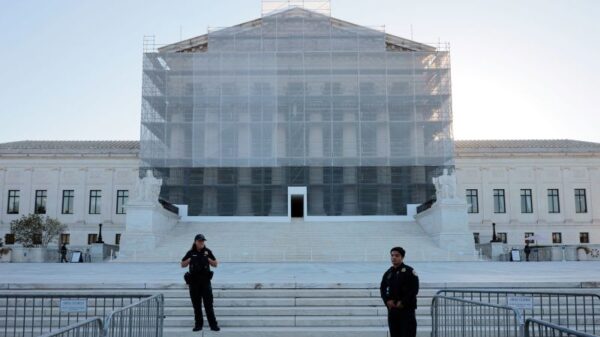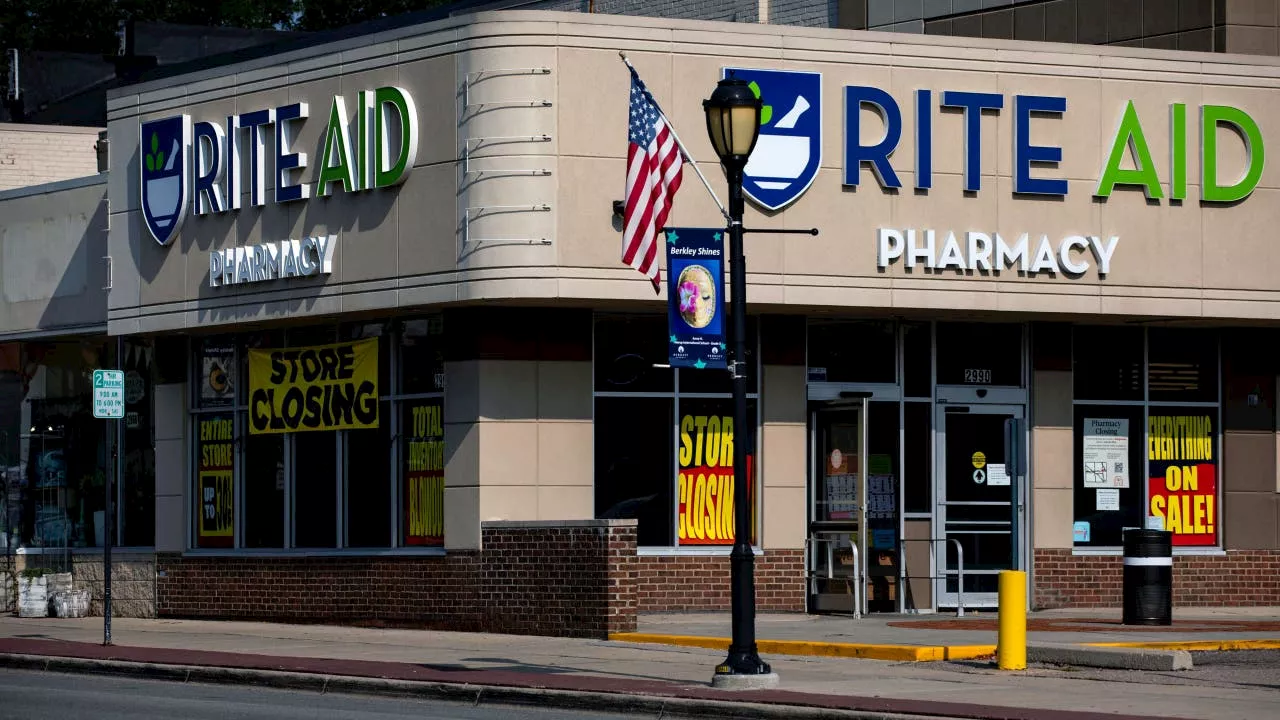Rite Aid, a well-known pharmacy chain in the United States, has officially closed all of its locations across the country. This decisive action follows years of financial difficulties that culminated in a bankruptcy filing in October 2023. The company announced the closures on its website, expressing gratitude to customers for their longstanding support.
As part of its bankruptcy proceedings, Rite Aid had previously shuttered hundreds of stores in an attempt to restructure its operations and reduce its debt burden. CEO Matt Schroeder indicated at that time that the company was searching for a buyer while navigating Chapter 11 protection. Despite these efforts, Rite Aid’s struggles persisted, leading to the complete closure of its stores.
The implications of Rite Aid’s closure stretch beyond just the company itself. The pharmacy chain’s exit from the market raises concerns about access to essential medications and healthcare services for many communities. With Rite Aid’s assets transferred to competitors such as Walgreens and CVS, these closures may exacerbate existing pharmacy deserts, where residents lack convenient access to pharmacies.
In the broader context of the pharmacy industry, Rite Aid is not alone in facing significant challenges. Other major chains have also announced store closures in recent years. For instance, Walgreens revealed plans to close around 1,200 stores nationwide, while CVS is on track to shut down over 1,000 locations by the end of this year. The trend reflects shifting consumer behaviors and competition from online retailers, which have increasingly impacted traditional retail models.
Retail expert Peter Cohan, an associate professor of management practice at Babson College, has noted that some of Rite Aid’s financial issues were self-inflicted. The company struggled to adapt to changes in consumer preferences and market dynamics, ultimately leading to its downfall.
As Rite Aid concludes its operations, former customers are encouraged to visit the company’s website for guidance on obtaining their prescription and immunization records. Information on where prescriptions have been transferred is also available, aiding those affected by the closures.
The closing of all Rite Aid locations marks a significant moment in the American pharmacy landscape, emphasizing the ongoing challenges faced by traditional pharmacy chains. As the industry continues to evolve, the focus will remain on how remaining chains adapt and respond to the needs of their communities.








































































